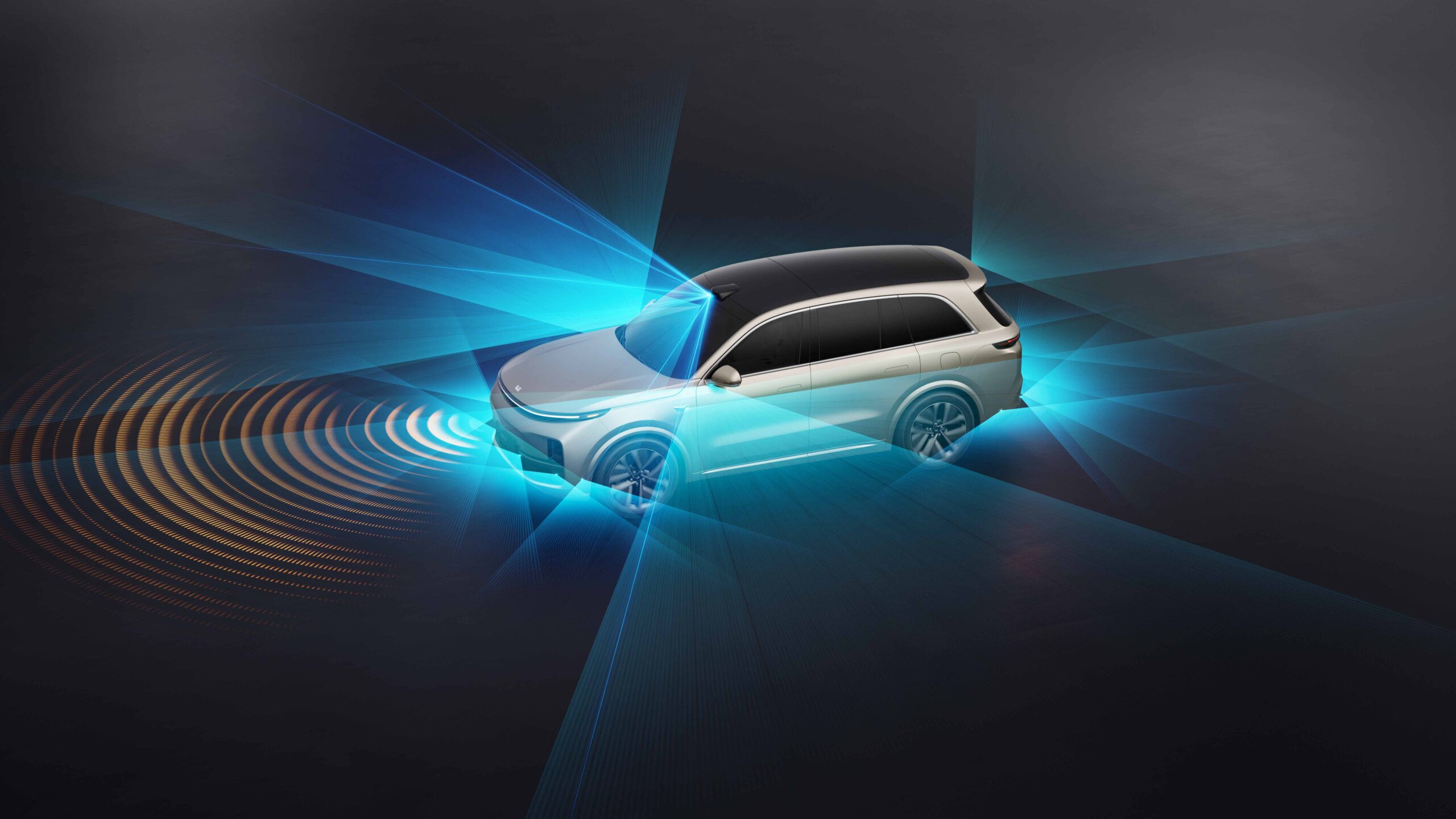Li Auto is rejigging its smart driving division to accelerate the deployment of its end-to-end (E2E) solution.
Senior executive Xia Zhongpu has been appointed to lead Li Auto’s E2E smart driving production efforts, reporting directly to Lang Xianpeng, the head of smart driving at Li Auto.
Previously, Jia Peng managed all smart driving algorithm development under Lang’s oversight. With the restructuring, the team has been divided into three core groups: Xia now oversees the implementation and deployment of E2E models, Jia focuses on world models and pre-research, and Wang Jiajia manages production development. All three leaders report to Lang.
This adjustment follows significant progress in Li Auto’s E2E framework, enabling the company to shift its focus toward long-term technical research. “The division of responsibilities within the smart driving team is now more refined,” an insider said.
The restructuring elevates the “behavior intelligence” division, led by Xia, from a second-tier to a first-tier department. According to 36Kr, Xia previously worked at Baidu’s autonomous driving division, where he specialized in integrating neural networks with planning and control systems—a critical challenge in implementing an E2E approach.
Li Auto is heavily investing in next-generation E2E solutions and Level 4 autonomous driving. During its Q2 earnings call, the company announced the initiation of long-term research on a vision-language-action (VLA) model. This framework, which integrates multimodal large models, is regarded by industry experts as groundbreaking.
Lang told 36Kr that Li Auto is conducting preliminary research on Level 4 autonomous driving. Meanwhile, CEO Li Xiang publicly stated that unsupervised Level 4 autonomy could become a reality within three years, driven by advancements in technology and computational power.
Jia leads the pre-research effort, with his team including senior algorithm expert Zhan Kun, who previously worked on Baidu Apollo’s robotaxi program. With the latest restructuring, Li Auto has adopted a two-pronged strategy, focusing on both E2E production deployment and Level 4 autonomous driving R&D—a dual approach that mirrors competitors like Xiaomi.
Li Auto declined to provide an official statement when asked for comment.
According to 36Kr, Li Auto began developing its E2E smart driving solution in November 2023, with production targeted for late 2024. After observing Tesla’s E2E success earlier this year, Li Auto’s leadership decided to accelerate the project. The company has since developed a technical framework that combines E2E and vision language models (VLMs). Following its April restructuring, the smart driving team was streamlined from over 1,000 members to a few hundred.
Despite the downsizing, the E2E solution has exceeded expectations. On October 23, Li Auto began rolling out the system to all Li AD Max model drivers.
Tesla, widely regarded as the pioneer of E2E, integrates neural networks across perception, decision-making, path planning, and control. This approach, powered by vast datasets and high computational power, is seen as superior to traditional rule-based systems in achieving human-like driving performance. E2E frameworks are now an industry standard, serving as a gateway to Level 4 autonomy and robotics while unlocking new commercial opportunities. “Failing to adopt E2E means falling behind,” a technology leader from a top-tier smart driving supplier remarked.
This race is about more than just technology—it’s about enhancing user experience. Automakers are competing to offer capabilities that simplify user interaction while ensuring highly polished execution.
On November 28, Li Auto became the first automaker to fully deploy a dual-system architecture combining E2E and VLM technologies. Its “one-click point-to-point” solution enables smooth navigation through narrow residential roads, roundabouts, U-turns, and complex construction zones. The latest version also supports automated passage through electronic toll collection (ETC) points nationwide, delivering an uninterrupted, full-scenario smart driving experience.
Li Auto is not alone, with several other companies joining the race:
- Huawei introduced version 3.0 of its autonomous driving system in the Aito M9 in August, showcasing point-to-point capabilities like automatic gate entry and roundabout navigation. By September, the system was rolled out to all users.
- Xpeng launched its E2E solution with nationwide testing starting November 15, emphasizing point-to-point features.
- Xiaomi unveiled its mapless navigate-on-autopilot (NOA) system at Auto Guangzhou, combining VLM technology with user driving data. A pioneer version is slated for December.
- Zeekr plans to launch its mapless NZP driving assistance system by year-end, with point-to-point features coming in January.
- Chang’an Automobile has built a 1,000-member smart driving team focused on E2E development.
- IM Motors, supported by DeepRoute.ai, activated its mapless NOA feature nationwide in October.
- Great Wall Motor, in partnership with DeepRoute.ai, launched full-scenario NOA functionality in November.
- Nio revealed its E2E roadmap in August, with more production details expected during its December event.
Li Auto’s success highlights the importance of a clear technical strategy. By leveraging large datasets and robust algorithms, the company has achieved rapid validation, providing valuable lessons for legacy automakers navigating the balance between maintaining traditional software and pursuing E2E development.
KrASIA Connection features translated and adapted content that was originally published by 36Kr. This article was written by Li Anqi for 36Kr.

